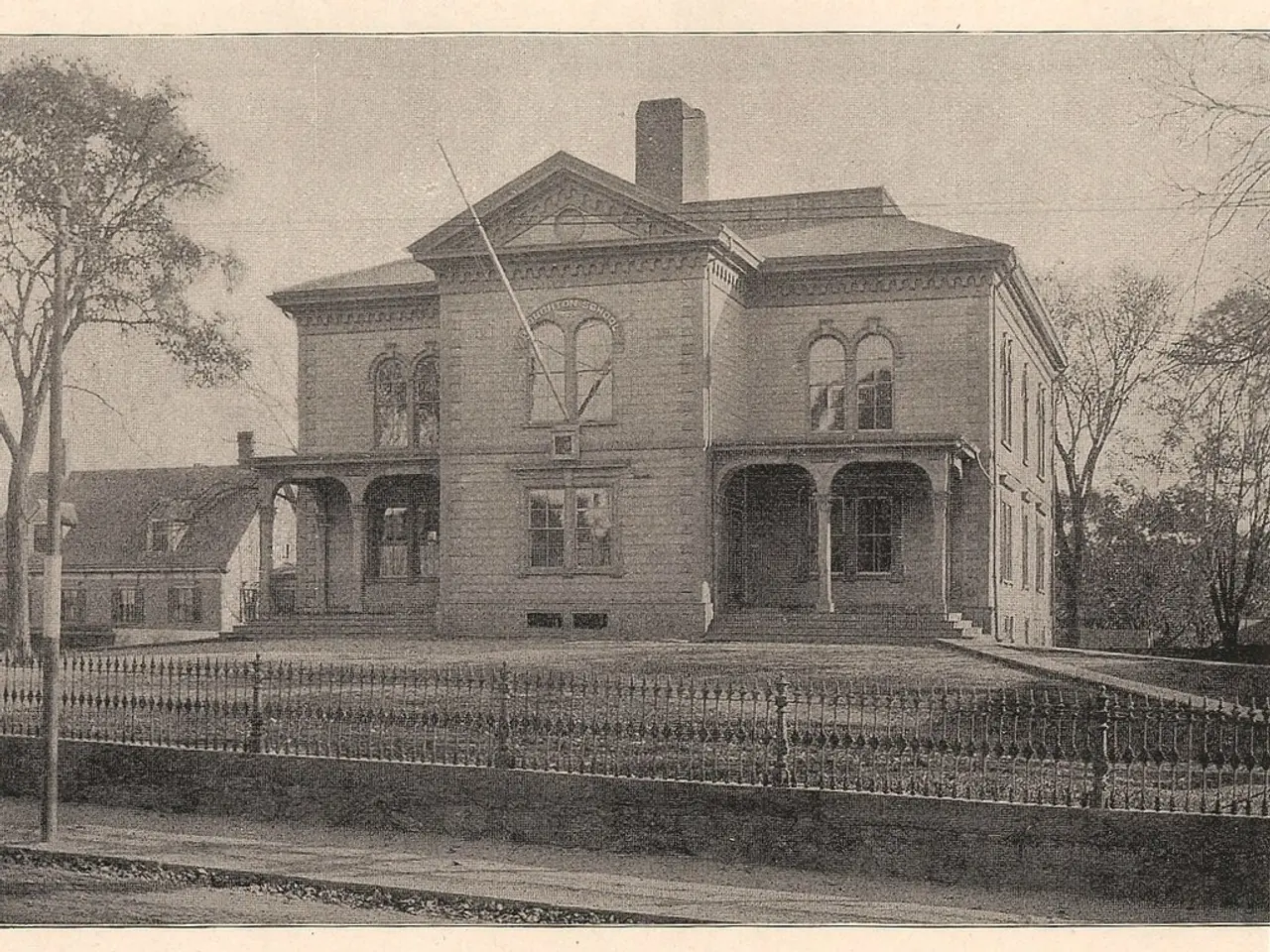Calculating Fence Length for Half an Acre: A Detailed Breakdown
In the process of fencing a half-acre property, it's essential to determine the total fence length, the number of rolls needed, and the appropriate hardware. Here's a step-by-step guide to help you with that.
Measuring the Perimeter
- Walking the Property: Measure the total perimeter length where fencing is required. This includes irregular boundaries, obstacles, and areas blocked by structures. Use a long measuring tape, wheel measure, or GPS mapping apps designed for property measurement. Mark corners and turns carefully, and include the additional length needed to go around obstacles in the total measurement.
- Sketching and Calculation: Draw a rough scaled sketch of the property. Measure each boundary segment and sum all lengths to get the total linear feet of fence required. Add extra length for gates or double fencing if needed.
- Adjusting for Terrain and Obstacles: If ground conditions or obstacles make fencing complicated, expect additional length and costs from detours or reinforcements.
Fence Cost Estimation
For half an acre fencing with common types like barbed wire or wooden fence, typical per-foot prices range as follows:
- Barbed wire fencing averages about $2,000 to $2,200 per acre, which translates to about $1,000 to $1,100 for half an acre.
- Wire fencing costs start around $2 per linear foot; wood fences cost $13–$25 per linear foot depending on style and height.
Multiply the number of linear feet of fence required by the cost per linear foot for the fence type of your choice to estimate material and installation costs.
Additional Considerations
- Extra fencing may be needed for overlap and waste in the fencing project.
- When dealing with complex property shapes, divide and conquer by approximating the property with simpler shapes like rectangles, triangles, or circles.
- When purchasing fencing materials, it's wise to add a buffer of 5-10% to account for overlap, cuts, and potential mistakes.
- Panel fencing, such as wood privacy fences or vinyl fences, comes in pre-fabricated panels of specific lengths. Plan post placement accordingly to minimize cutting or gaps.
- Always add extra fencing material to your initial estimate to account for errors in measurement, uneven terrain, and potential waste.
Regulatory Considerations
Consult with the local zoning department to understand property lines and any applicable setback requirements. Contact 811 before digging to avoid damaging underground utilities. Local regulations might affect your fencing plans, so check with your city hall, county planning department, or homeowner's association regarding fence height, materials, setback requirements, and permit requirements.
In summary, precisely measuring the irregular boundaries and paths around obstacles is the key to calculating fencing needs for a half-acre property. Then, use linear footage times cost per foot to determine your budget. If unsure, professional surveyors or fencing contractors can help with exact perimeter measurements and tailored quotes.
Incorporating the 'home-and-garden' concept, homeowners might consider enhancing their fenced property by incorporating elements of home-and-garden design. For instance, integration of flower beds along the fence line, or installation of a picket fence to complement a cottage garden style.
By selecting a appropriate fence style and carefully planning the placement of garden elements, a cohesive and aesthetically pleasing 'lifestyle' can be achieved, blending the boundaries of the property with a harmonious outdoor living space.




